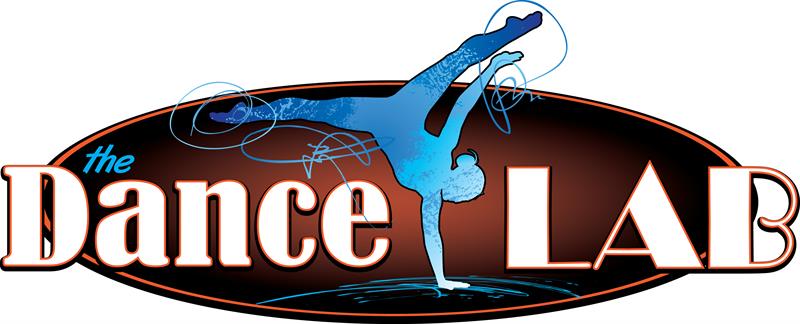

In addition, in 2016, the Mainstream Committee voted to divide the Basic and Mainstream lists and number them separately. The revision of definitions continued, and in 2016, in conjunction with the Definitions Committee, the Mainstream Committee began moving this process forward at an increased pace. Using the existing definitions as a starting point, and considering numerous comments, suggestions, and complaints, a complete rewrite was undertaken starting in 1999. In some cases, the definitions were confusing, poorly worded, or ambiguous. By 1995 it became clear that the current definitions were not of sufficient detail and precision to decide some of the finer points of modern calling.

In 1994 these definitions were made available on the Internet, which further encouraged dissemination, standardization, and discussion. The Basic Dance Program list now includes the first 51 calls, and the Mainstream Dance Program list contain the 17 calls that follow Basic. Once the definitions, styling, and timing were complete, the results were combined and published as the “CALLERLAB Basic & Mainstream Definitions”. Two other committees, the Timing Committee and the Styling Committee, developed standards and guidelines for their aspects of Basic and Mainstream dancing. Their work took several years and 13 drafts, and resulted in a set of definitions published by CALLERLAB that has received worldwide use and acceptance. Starting in the late 1970’s, the Mainstream Definitions Committee undertook to define each of the calls in the Basic and Mainstream programs. It was expanded in 1971 by publishing the Extended Basic program with an additional 25 calls, which laid the ground work for what would become Mainstream. The Basic Dance Program was established in 1969 with 50 calls, as a result of codifying the Modern Western Square Dance movement following the work done by the Sets in Order American Square Dance Society in 1969. Resources for the Basic and Mainstream Program


 0 kommentar(er)
0 kommentar(er)
